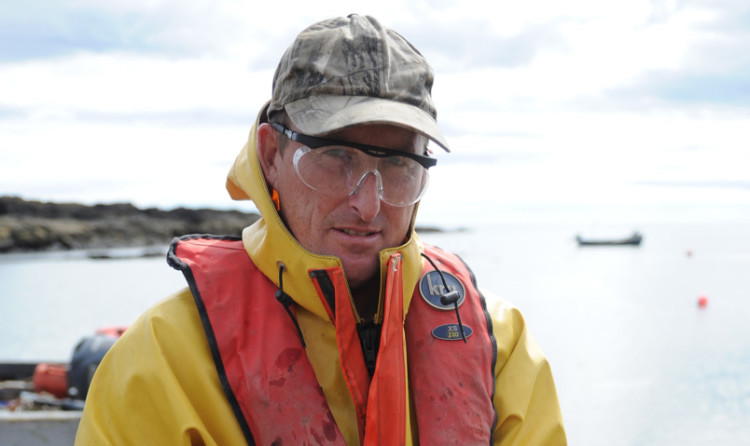A national angling body has accused the Scottish Government of presiding over “unrestricted wholesale slaughter” in the South Esk.
Andrew Graham-Stewart, director of the Salmon and Trout Association (Scotland), blasted the Government over a rise in the netting catch of salmon in the South Esk District.
Bill Balfour of Brechin Angling Club also waded into the row and accused the Government of making a mockery of attempts to restore and conserve salmon in the South Esk.
Mr Graham-Stewart said: “The quantum leap in the national netting catch in 2013 up by 50% shows once again that salmon conservation is simply absent from the Scottish Government’s agenda.
“On the contrary, it is permitting much greater levels of indiscriminate killing by nets of an iconic species that is already under considerable pressure.
“Anglers, encouraged by Scottish ministers, release the great majority of the salmon they catch within rivers whilst unrestricted wholesale slaughter is sanctioned in the coastal nets.”
The S&TA said last year’s summer drought caused very low flows in most rivers and salmon were “simply unable to access their rivers of origin, forcing them to run the gauntlet of coastal nets for weeks on end”.
It said there are no quotas set for wild salmon and consequently there is no mechanism to limit catches whatever the strength or weakness of local populations.
The 2013 net catch in the South Esk district of 7,159 salmon compares with 3,439 in 2012.
Meanwhile, the rod catch in the South Esk dropped to 542 in 2013 from 810 in 2012. Of the 2013 rod catch, 419 were released by anglers back into the water.
Mr Balfour said that the “Scottish Government has a case to answer”.
George Pullar, the director of Usan Salmon Fisheries in Montrose, said the S&TA’s comments were sensationalist and misleading.
He told The Courier: “Far from being ‘unrestricted wholesale slaughter’, salmon netting is very small-scale and heavily regulated activity, conducted over a very short deployment period each year.
“The simple facts are that summer salmon stocks are stable and autumn stocks are increasing.
“To put the issue in perspective, fixed engine fisheries only accounted for 7% of the catches from the maximum recorded in the time series used.
“Our five-year average salmon catch is 5,213.
“Therefore, the headline grabbing percentage used is unsurprisingly misleading. Simply put, there is no salmon crisis as some vested interests would like to portray.”
A Scottish Government spokesman said the administration is “firmly committed” to sustainable wild salmon and freshwater fisheries.
